Our Blogs
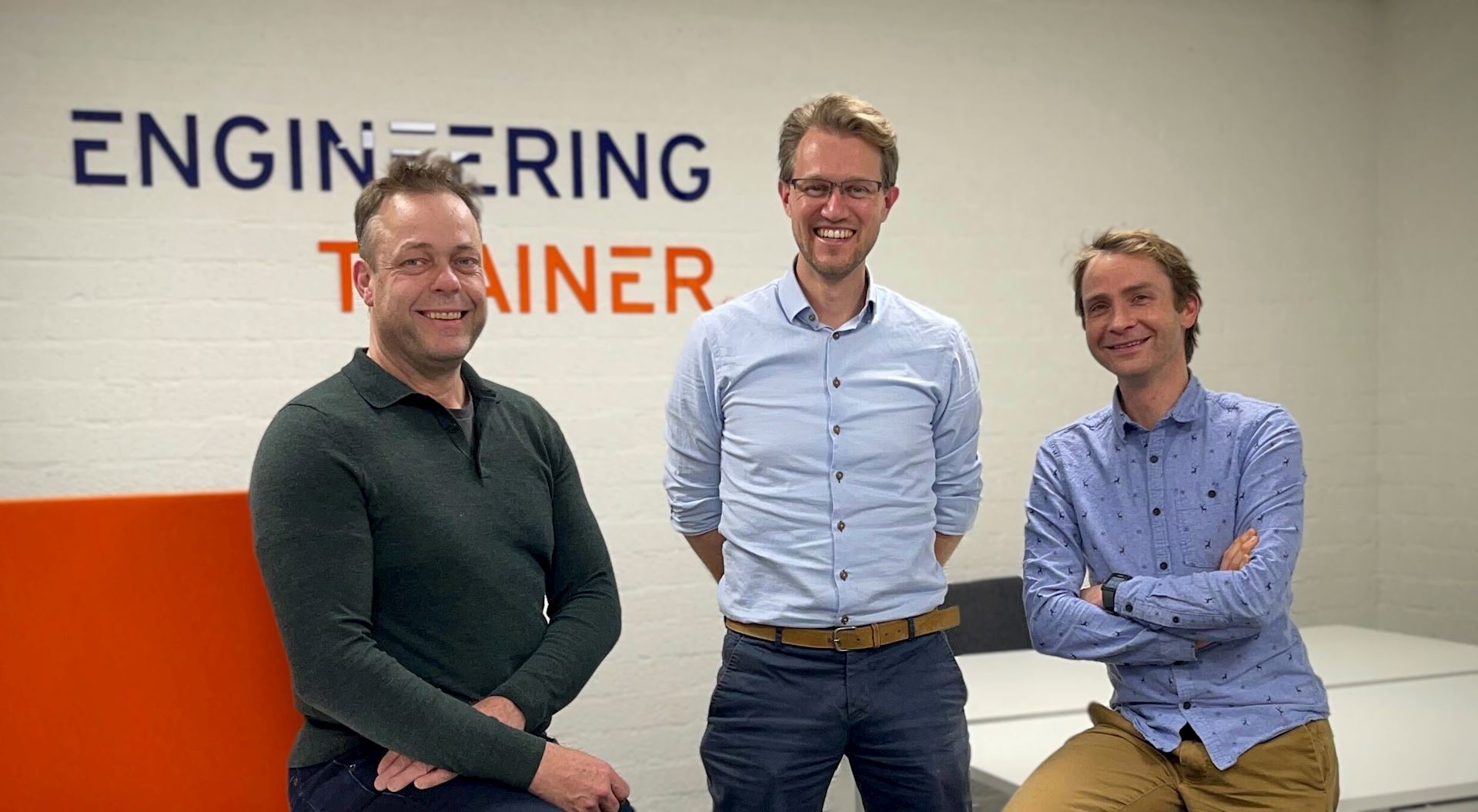
EngineeringTrainer Secures over €500k Investment
News
3 mins reading time
Investment Fuels Expansion of Team, Platform Features, and Course Library to Further Enhance Customer Value.

How Do You Know If a Pipe Failed Due to Excess Pressure?
Blogs
2 mins reading time
What is the relationship between hoop and axial
stresses in a pressurized pipe?
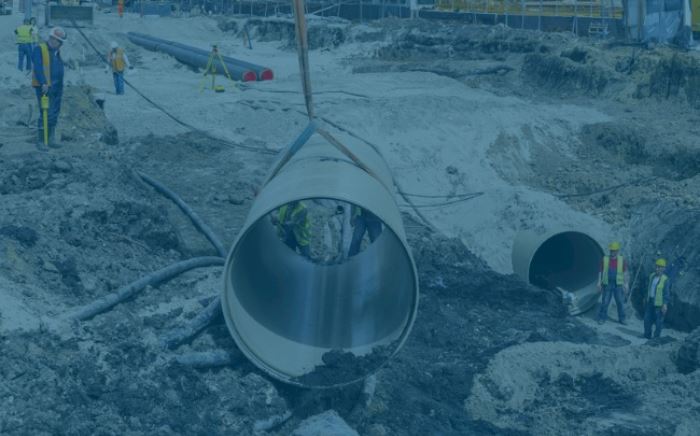
Active and Passive Soil Resistance on Buried Pipe
Blogs
2 mins reading time
What is the difference between the two types of soil resistance which act on a buried pipe?
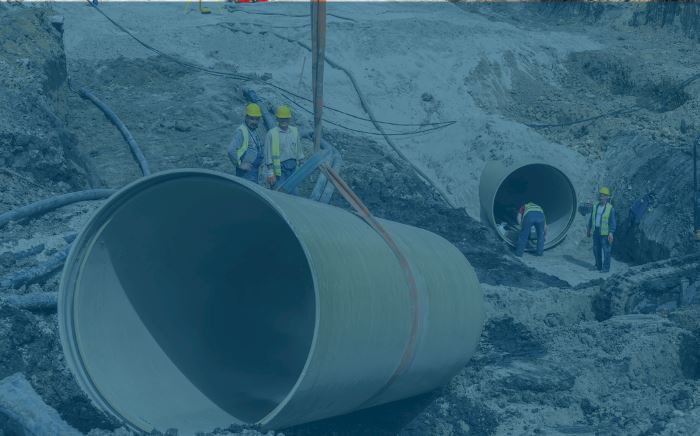
FRP Piping: Actual versus Idealized Envelope
Blogs
2 mins reading time
Learn which two test points are used to define the envelope.

Flange Loading Assessment conform EN 13445
Blogs
2 mins reading time
What are the load cases in a Taylor Force flange
assessment in EN 13445?

Using the Low Cycle Fatigue Approach
Blogs
2 mins reading time
Exceeding the yield stress, is it LCF or HCF?

EN 13480 Minimum Wall Thickness
Blogs
2 mins reading time
What factors determine the minimum
wall thickness for a pipe conform EN 13480?
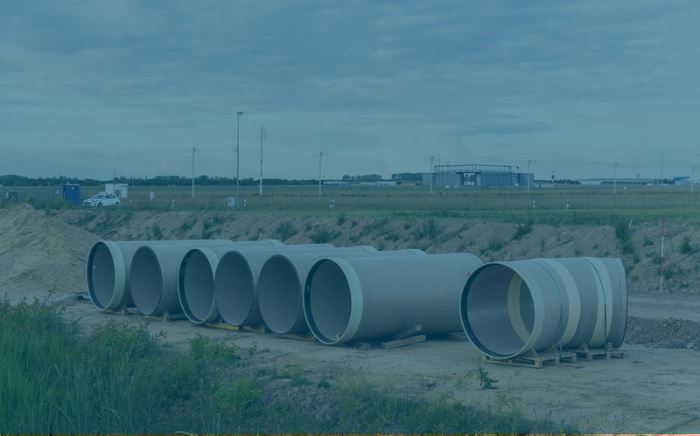
How is a Fiberglass Reinforced Plastic (FRP) Pipe Manufactured?
Blogs
2 mins reading time
What are the steps in the Filament Winding method to produce Fiberglass Reinforced Plastic (FRP) pipes?

Piping Vibrations: Likelihood of Failure (LoF)
Blogs
2 mins reading time
What is the difference between the quantitative and the qualitative approaches to determine the LoF?

Principal Stresses vs. Equivalent Stresses in Fatigue
Blogs
2 mins reading time
Which type of stress should you use in a fatigue assessment? See the reasoning why.

The Difference between LCF and HCF
Blogs
2 mins reading time
Understand the difference between Low Cycle Fatigue (LCF) and High Cycle Fatigue (HCF)

Why is Radial Stress Neglected in a Piping Stress Analysis?
Blogs
2 mins reading time
Learn why design codes such as the EN 13480 and ASME B31.3 ignore radial stresses in calculations for thin-walled piping.
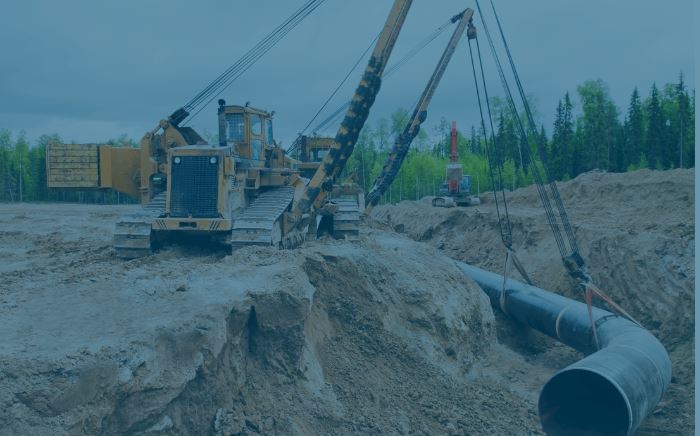
Bi-linear Soil Stiffness Model for Piping Analysis
Blogs
2 mins reading time
Soil mechanics are simplified for a piping stress analysis conform EN 13480 using a bi-linear spring model.
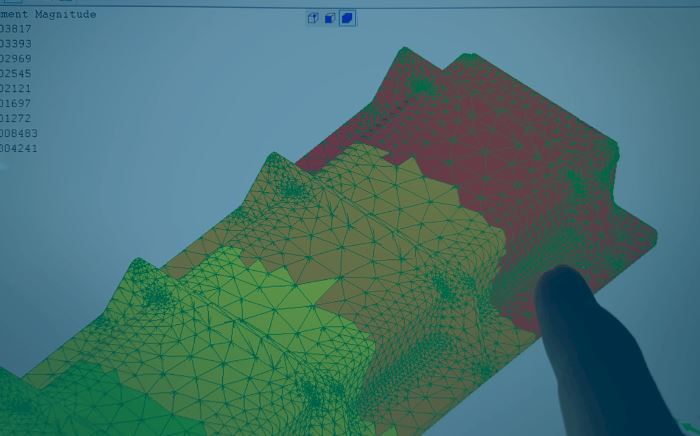
Fatigue Assessment: Analytical vs. FEA
Blogs
2 mins reading time
Points to be aware of when using calculated stresses from FEA with an S-N curve.


